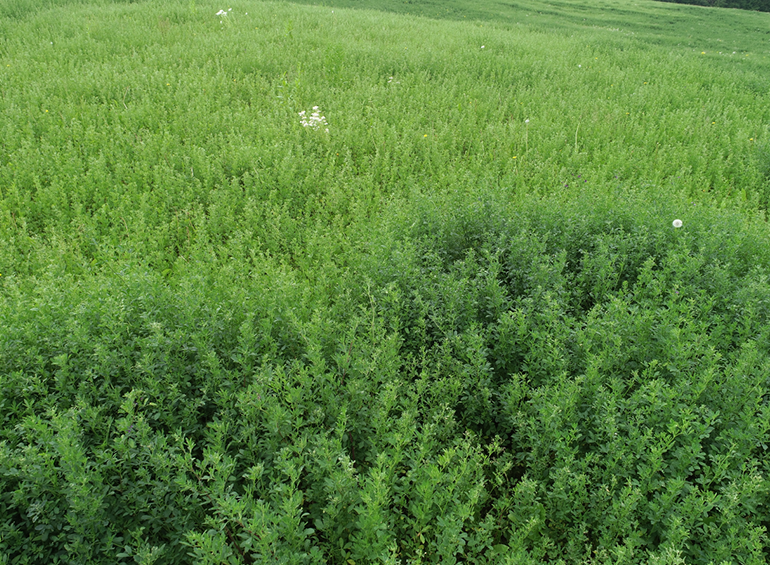
Light green alfalfa in the background of the photo was adequate in all nutrients except S which was 0.14% – well below the critical level of 0.25%.

Light green alfalfa in the background of the photo was adequate in all nutrients except S which was 0.14% – well below the critical level of 0.25%.
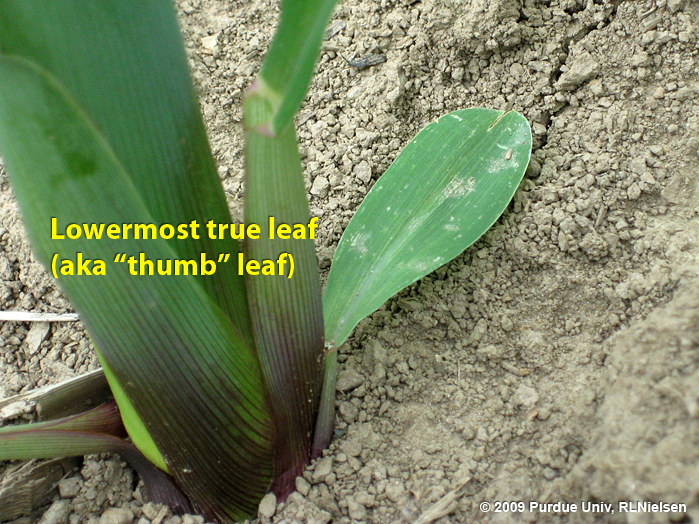
Many of us remember standing against the doorframe in our early years while our parents marked our height with a pencil to measure how much we had grown. Some of you may have spent more time in your youth standing in the corner, but that is between you and your parents
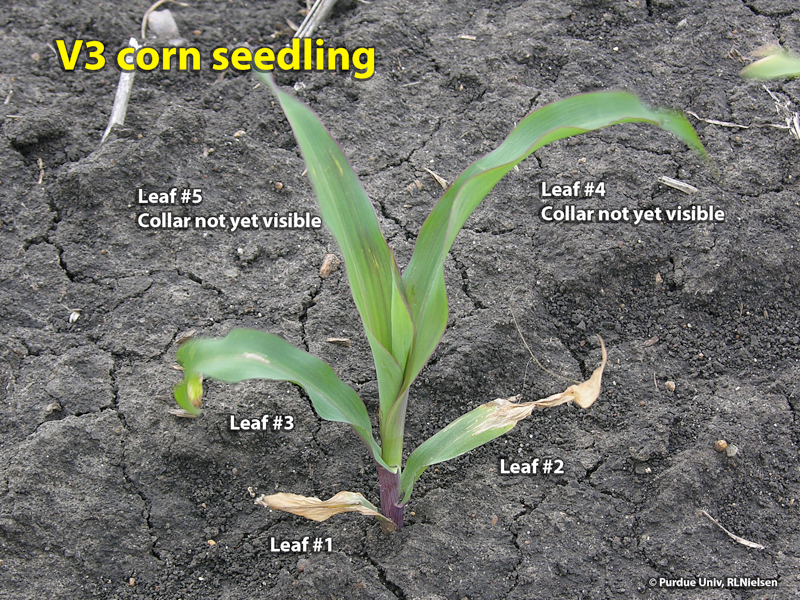
It is not uncommon for young corn plants to suffer severe leaf damage from frost, freezing temperatures, or hail. Such weather-related events usually lead to vigorous debate over coffee and rolls down at the local cafe as to how one goes about staging corn that survives the defoliation caused by such events.
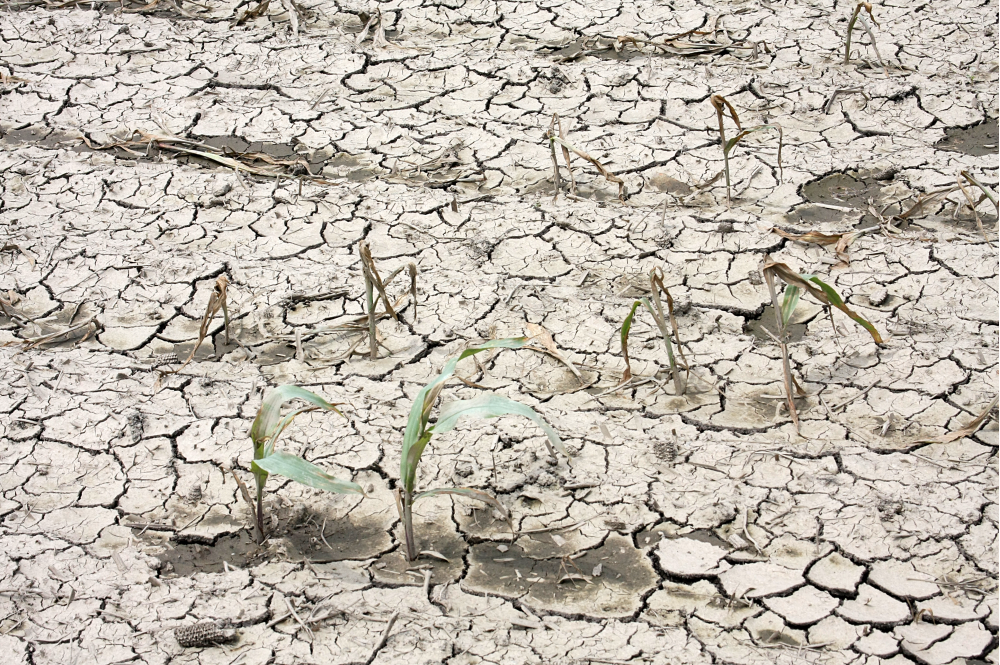
The consequences of flooding, ponding, and saturated soils on young corn depend heavily on the duration of the stress and temperatures.
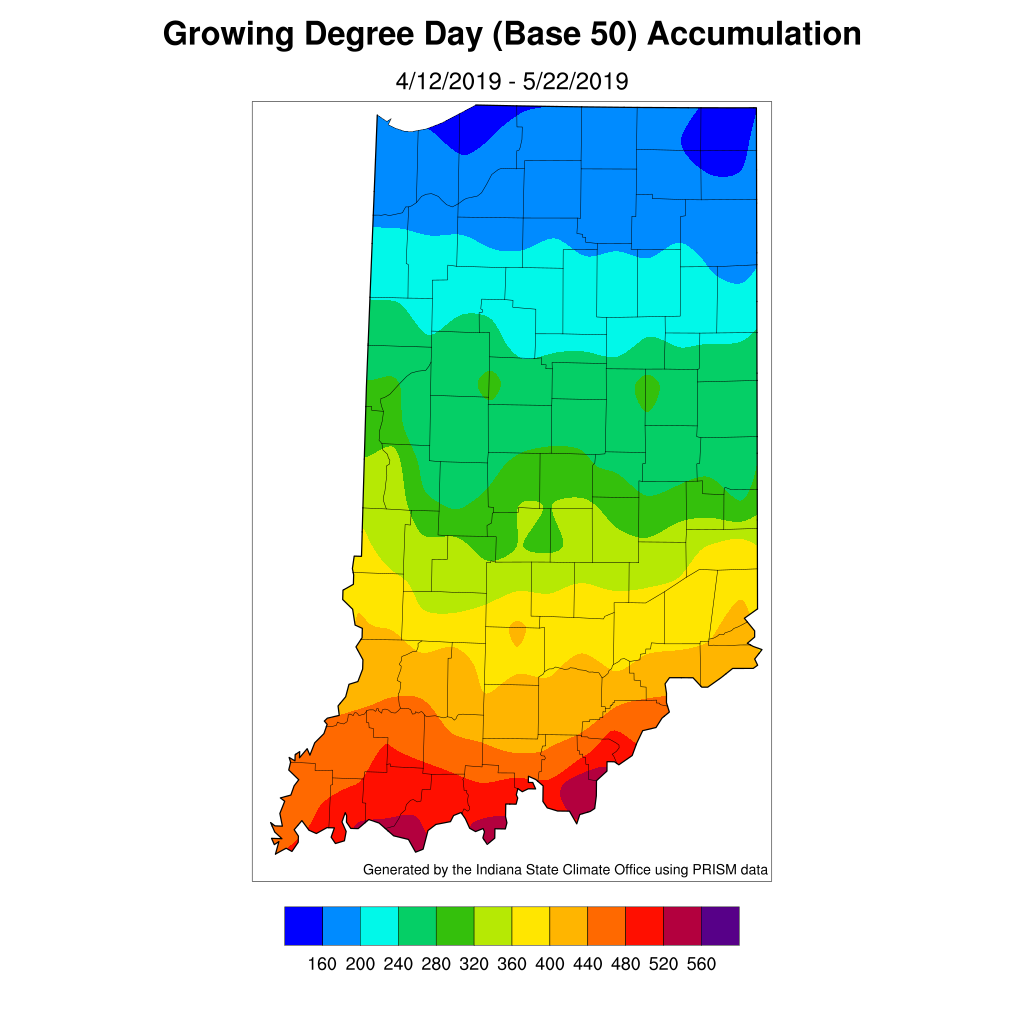
The following map, based on GDD50, is provided to assist in timely scouting of emerged cornfields for black cutworm damage.
To facilitate speedy planting between rain showers many growers are skipping starter fertilizer. What might be the consequences?
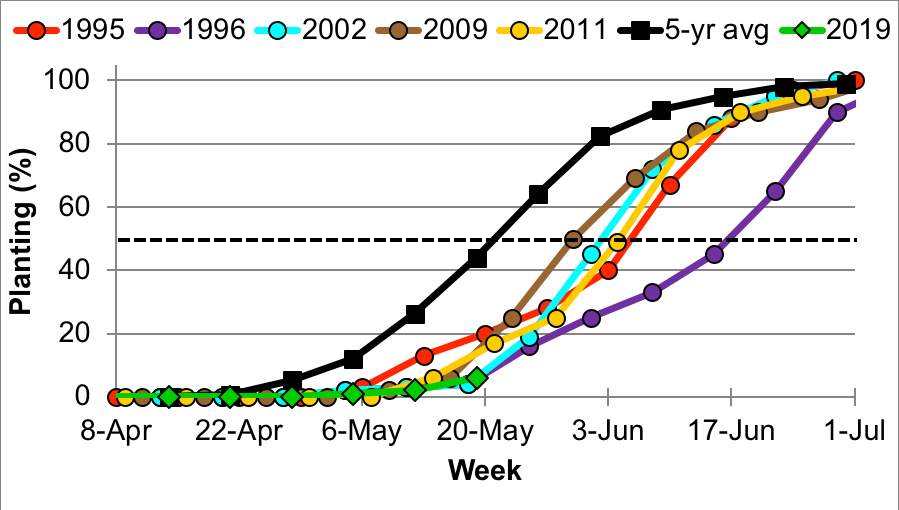
Soybean planting progress (or the lack there of) for Indiana and much of the Midwest is one of the slowest on record. Indiana soybeans normally reach 50% planted by May 20th, but we are only at 6% by the same period.
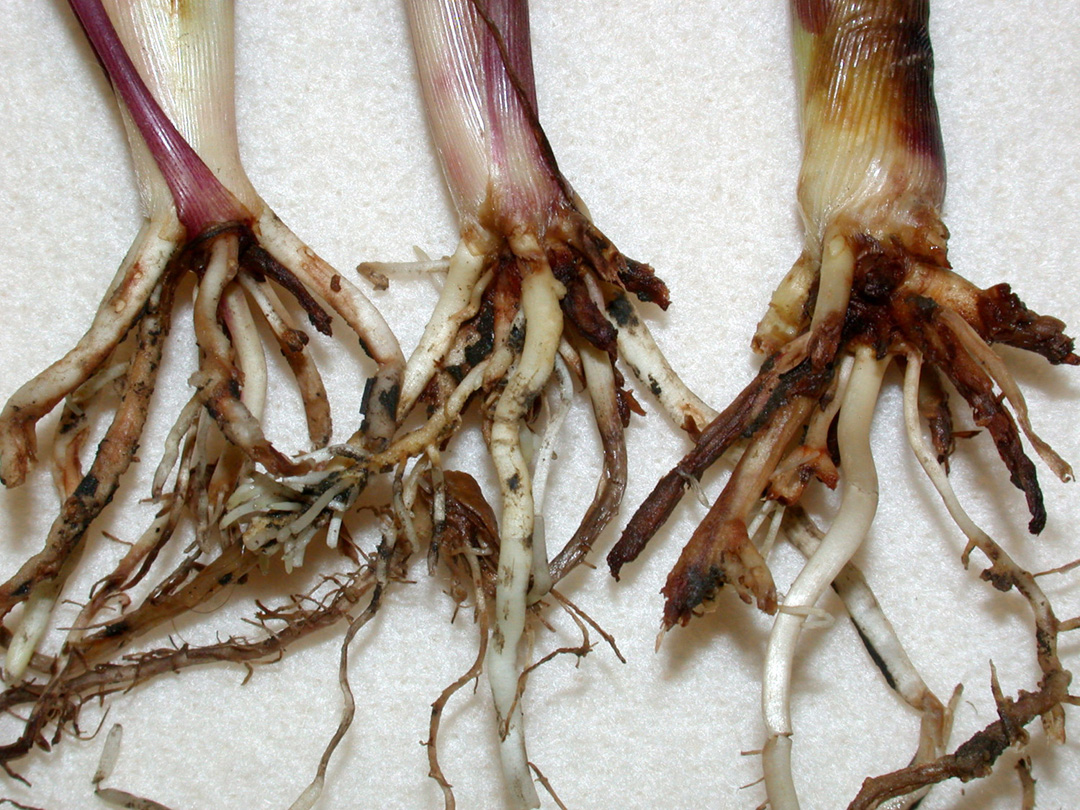
Desperate times calls for desperate measures. As delayed planting conditions persist and the calendar approaches June, we can’t anticipate all likely miscues that will play out in the next few weeks.
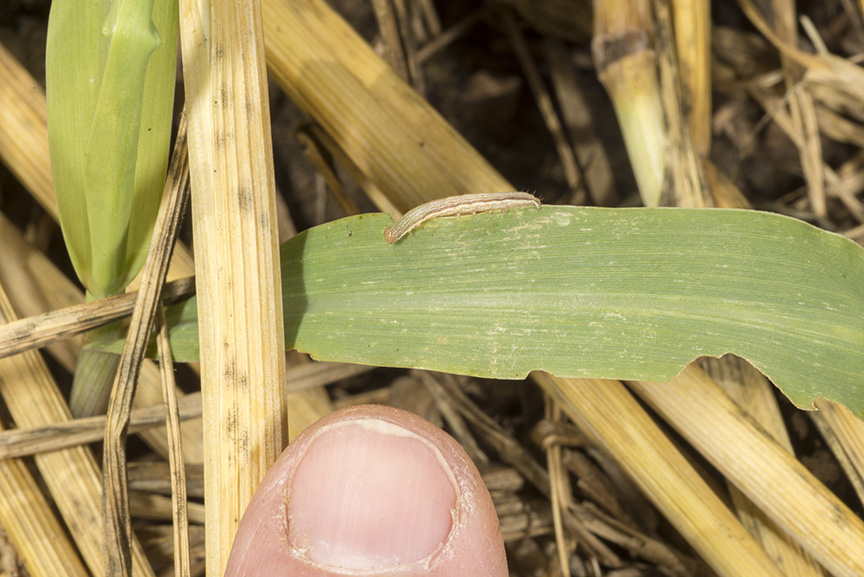
Armyworm moth captures have varied throughout the state, with some being quite impressive this spring (see “Armyworm Pheromone Trap Report”).
Armyworm Pheromone Trap Report – 2019
© 2025 Purdue University | An equal access/equal opportunity university | Copyright Complaints | Maintained by Pest&Crop newsletter
If you have trouble accessing this page because of a disability, please contact Pest&Crop newsletter at luck@purdue.edu.